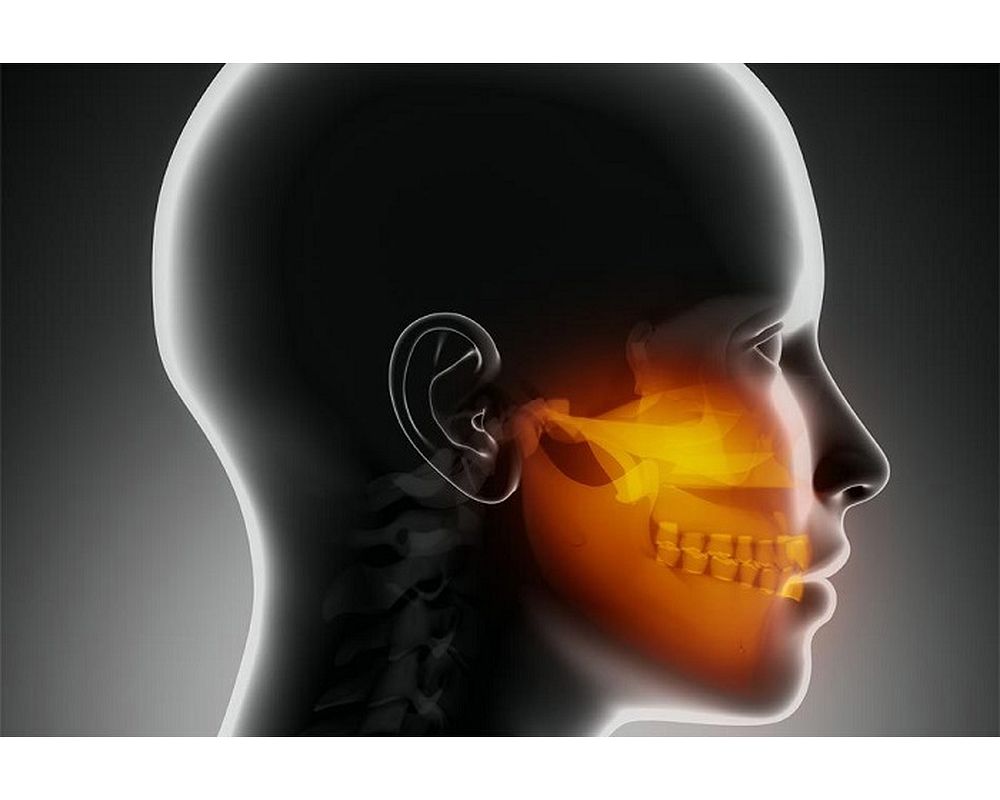Headache is one of the most common ills in society, and in some cases it is associated with temporomandibular dysfunction (TMD). The article that we share this time carries out a study of the relationship between headaches and TMD.
We invite you to our English-only dental publishing groups
🎯 WhatsApp Group All Odontology
🎯 Telegram Group All Odontology
🎯 Facebook Group All Odontology
Temporomandibular dysfunction is evidenced by sharp pain in the temporomandibular joint and the chewing muscles. These pains can increase over time if it is not treated in time.
Advertisement
In conclusion, the findings from this review and the two reported cases suggest that TMD encompasses a collection of clinical entities that are often very painful and disabling, with a major contribution of headache to patient symptoms.
RECOMMENDED VIDEO
What is Trismus and what causes it?
What is Trismus and what causes it?
However, they are self-limiting and generally respond to conservative therapy. Basic management strategies for pain control and restoration of the range of motion can decrease the level of disability and often contribute to relief from primary headaches.
° Abouelhuda, A. M., Kim, H. S., Kim, S. Y., & Kim, Y. K. (2017). Association between headache and temporomandibular disorder. Journal of the Korean Association of Oral and Maxillofacial Surgeons, 43(6), 363–367. https://doi.org/10.5125/jkaoms.2017.43.6.363
You may also like :
► What Does Your Tongue Say About Your State Of Health?
► What are the consequences of a tooth extraction?
► ORAL MEDICINE: What are tonsil stones?










